Bulldog
The bulldog was originally bred for the sport of bullbaiting; after the sport was banned,
the bulldog was bred once again to lose its viciousness. The bulldog is often considered a
mascot of the British.
|
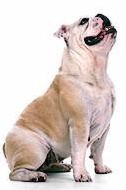 |
|
|
Chinese Shar-Pei
Chinese breeders originally cultivated the excess folds of skin on the Shar-Pei to give
the breed an advantage in dogfights. Considered a working dog since its origin in ancient
times, the Chinese Shar-Pei retains an independent demeanor.
|
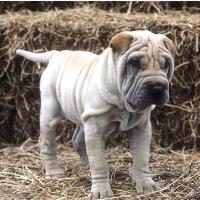 |
|
|
Bichon Frise
The nonsporting bichon frise, which means "curly lapdog," is a descendant of the
water spaniel and is known for its intelligence. Its abundant white, silky hair is often
groomed and trimmed.
|
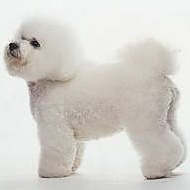 |
|
|
Dalmatian
Dalmatians reputedly originated in Dalmatia, in what is now Croatia, and were commonly
used in Europe in the 1880s to accompany coaches and other vehicles. Today the dog is a
popular mascot of firefighters in the United States. Pure white at birth, the dog's coat
develops either liver-colored or black spots within a few weeks.
|
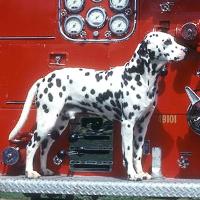 |
|
|
Chow Chow
The chow chow, the name of which is often abbreviated to chow, was bred from dogs of
ancient Chinese origin. It has a unique blue-black tongue.
|
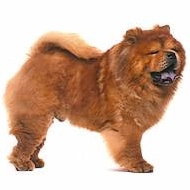 |
|
|
Boston Terrier
The Boston terrier is a small breed of nonsporting dog characterized by black-and-white
markings, a short nose, a broad chest, and a short tail.
|
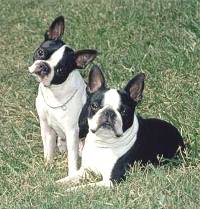 |
|
|
Lhasa Apso
Because of its fine sense of hearing and its intelligence, the Lhasa Apso, which
originated in Tibet, is an excellent guard dog and pet.
|
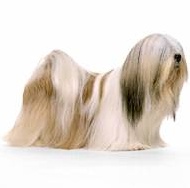 |
|
|
Finnish Spitz
The spitz is descended from sledge dogs of Saamiland and Iceland. A Finnish spitz is shown
here.
|
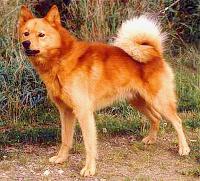 |
|
|
Schipperke
The schipperke (Flemish for little captain) received its
name in 1888 from the owner of a line of Belgian canal boats who used them as watchdogs on
his vessels.
|
 |
|
![]()
![]()








